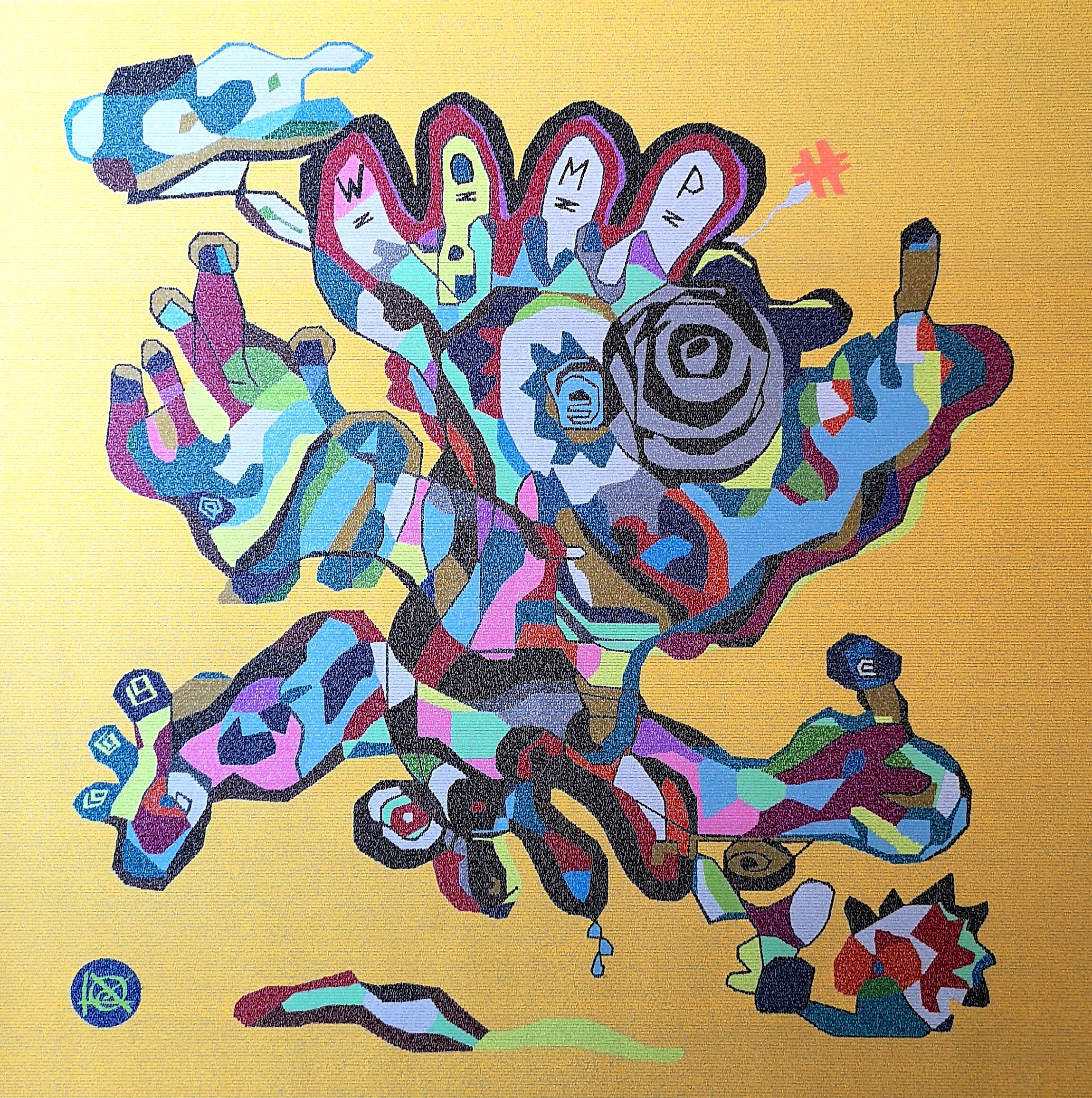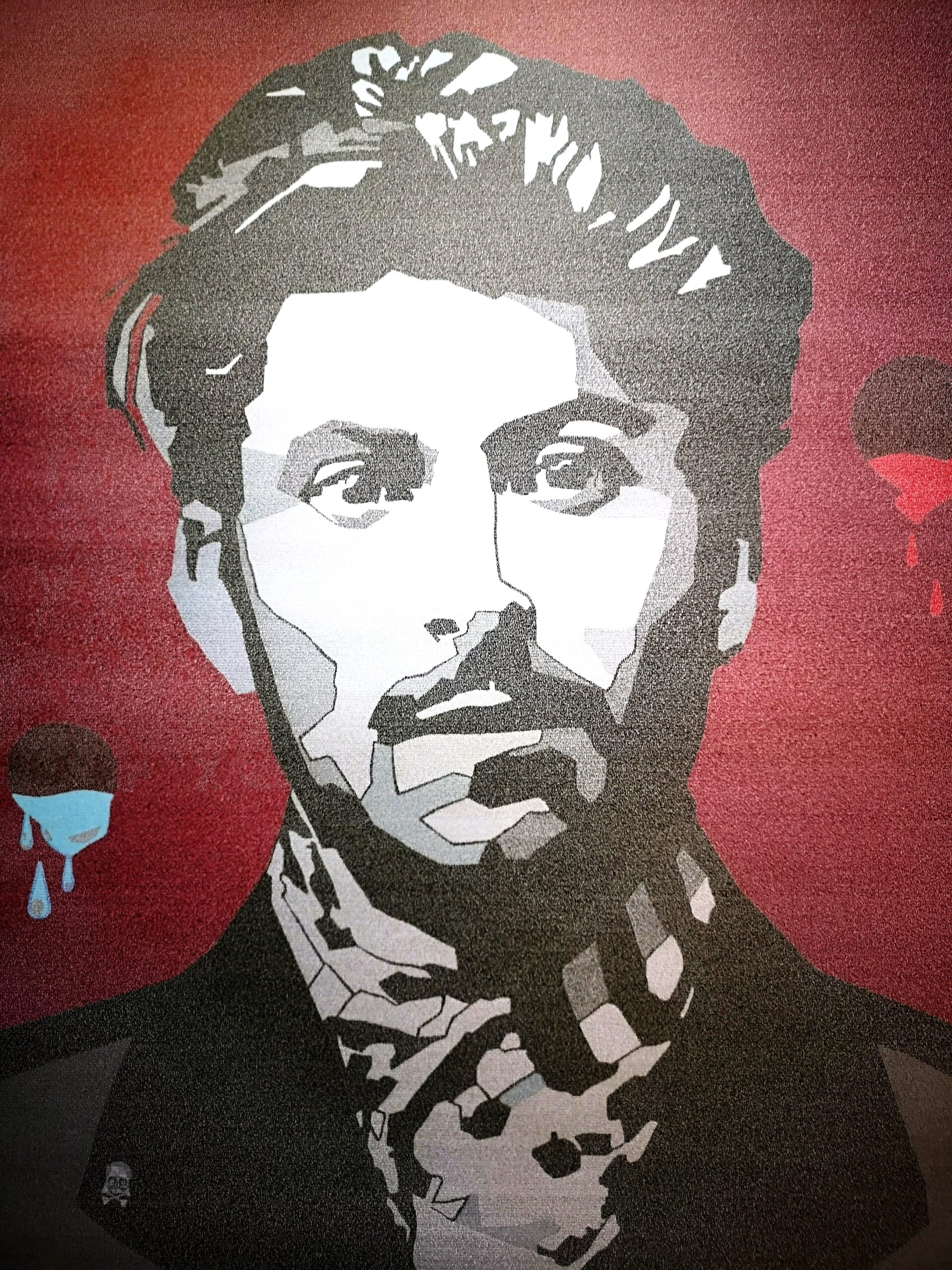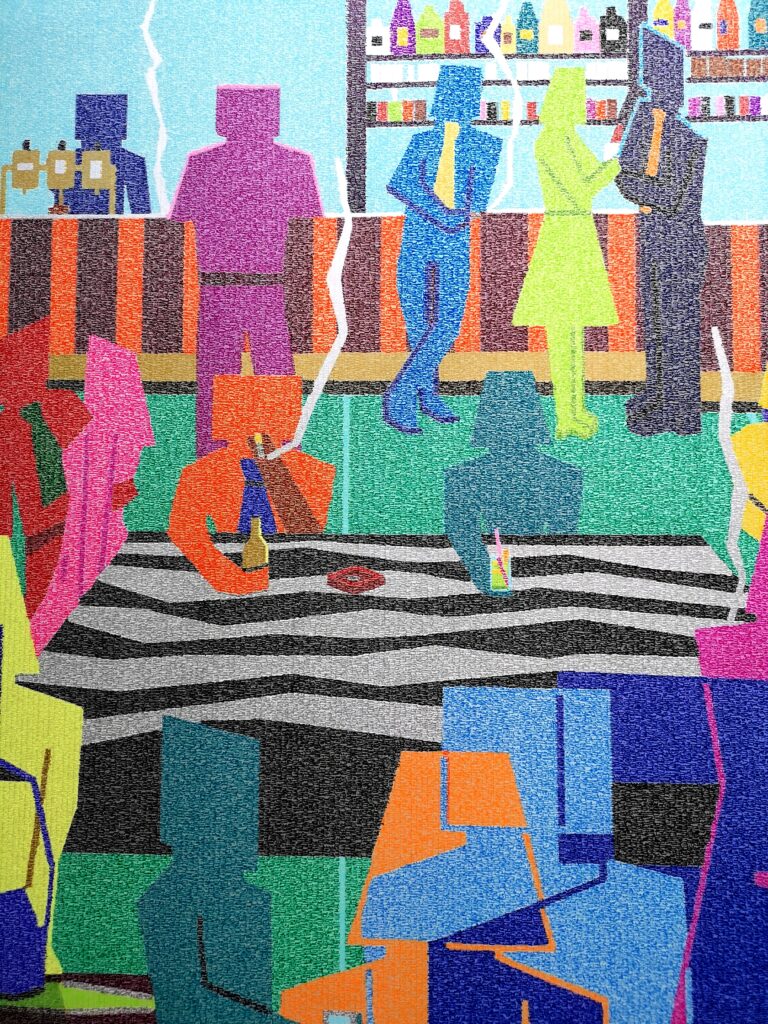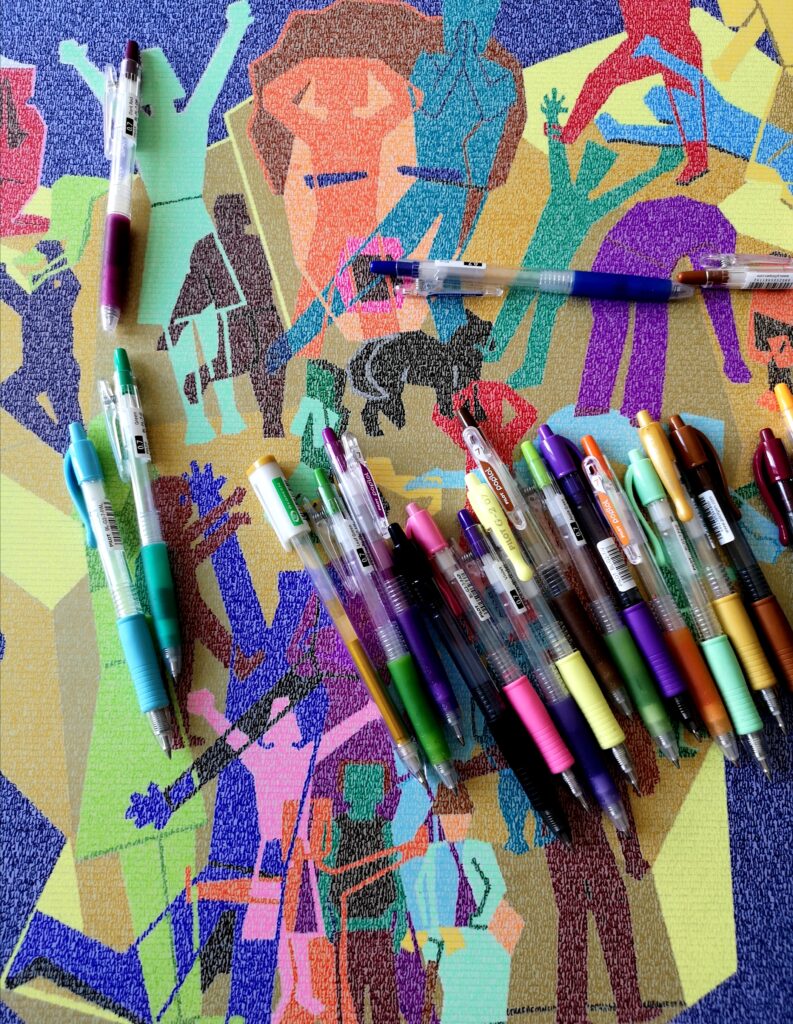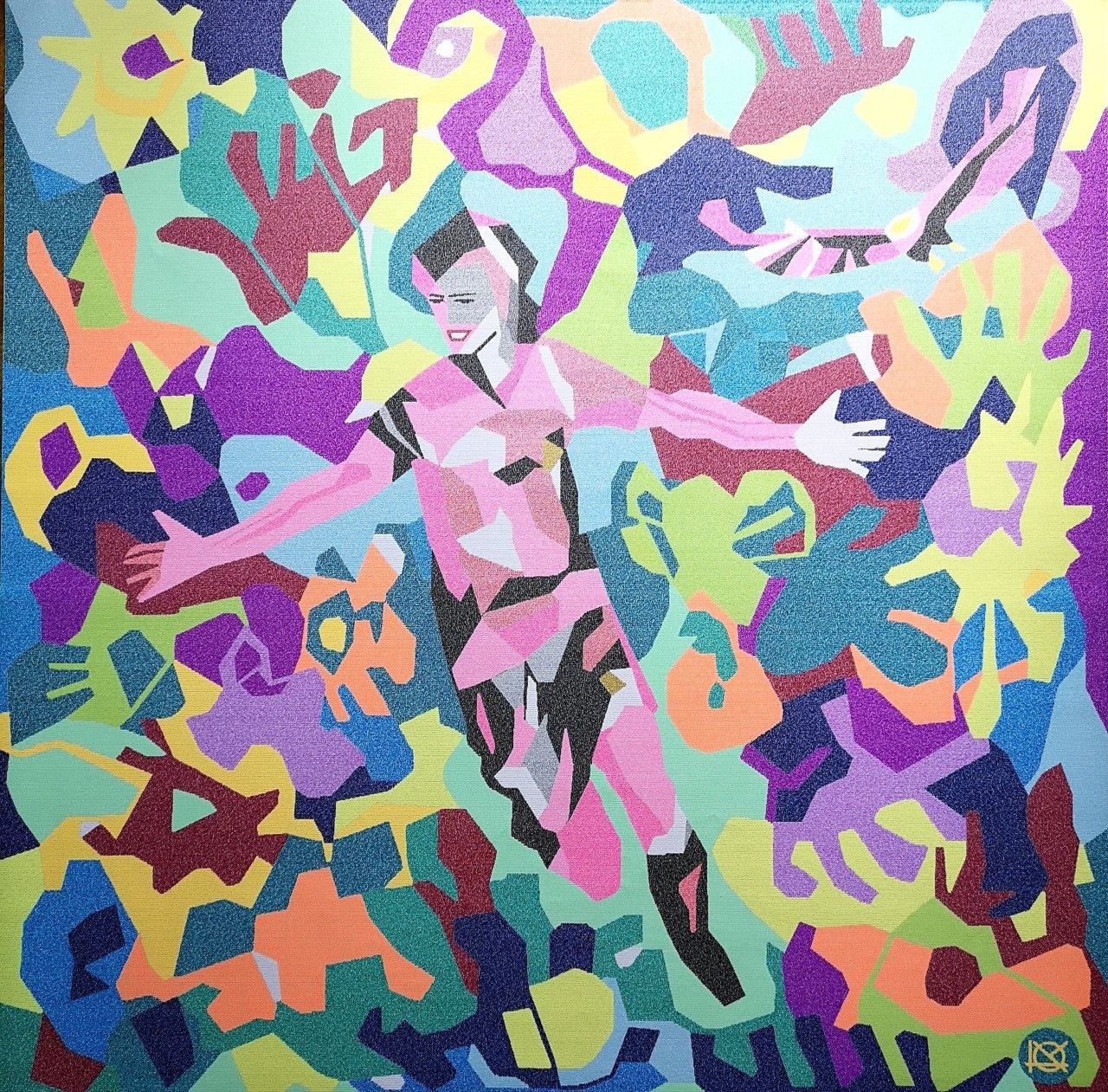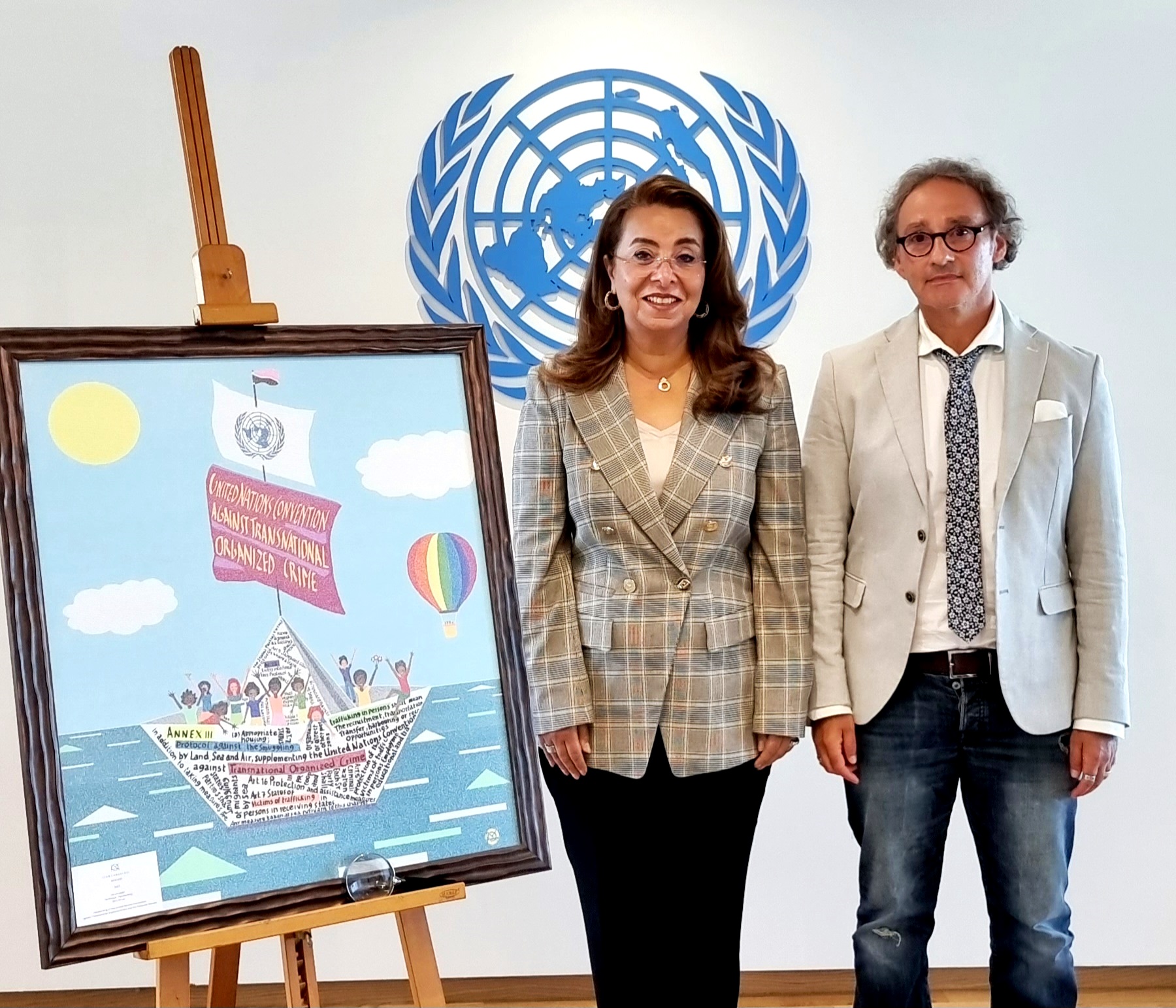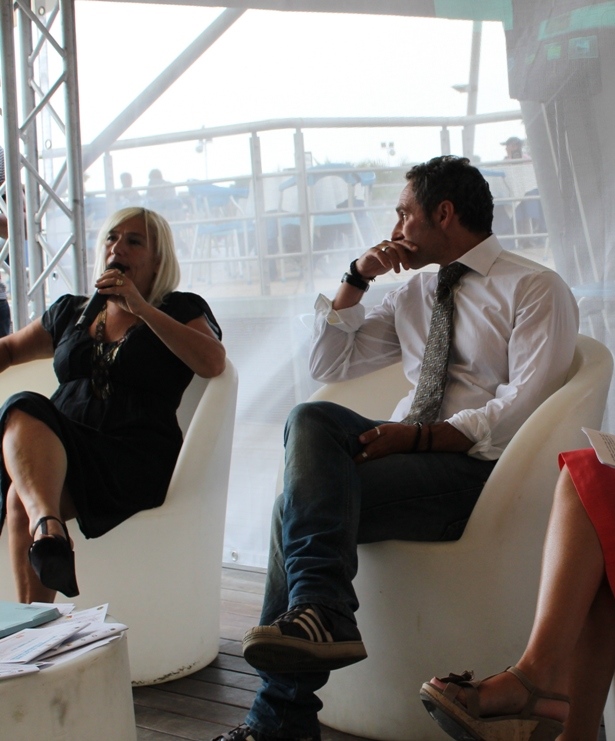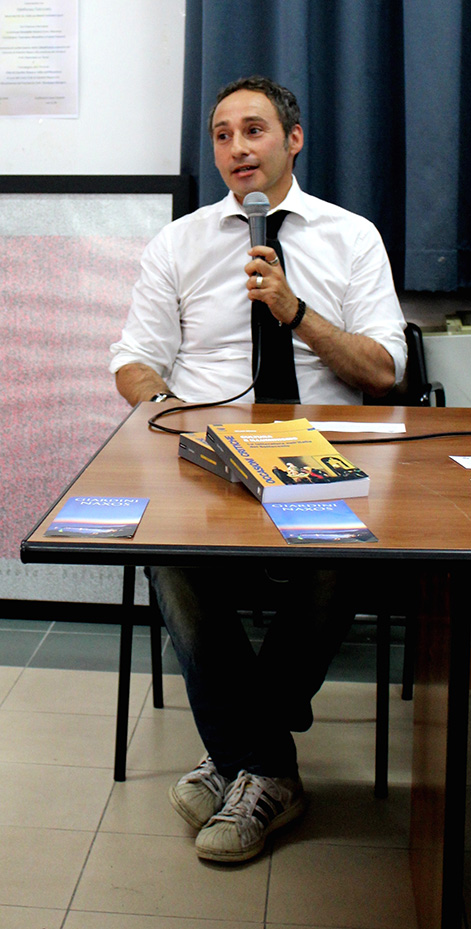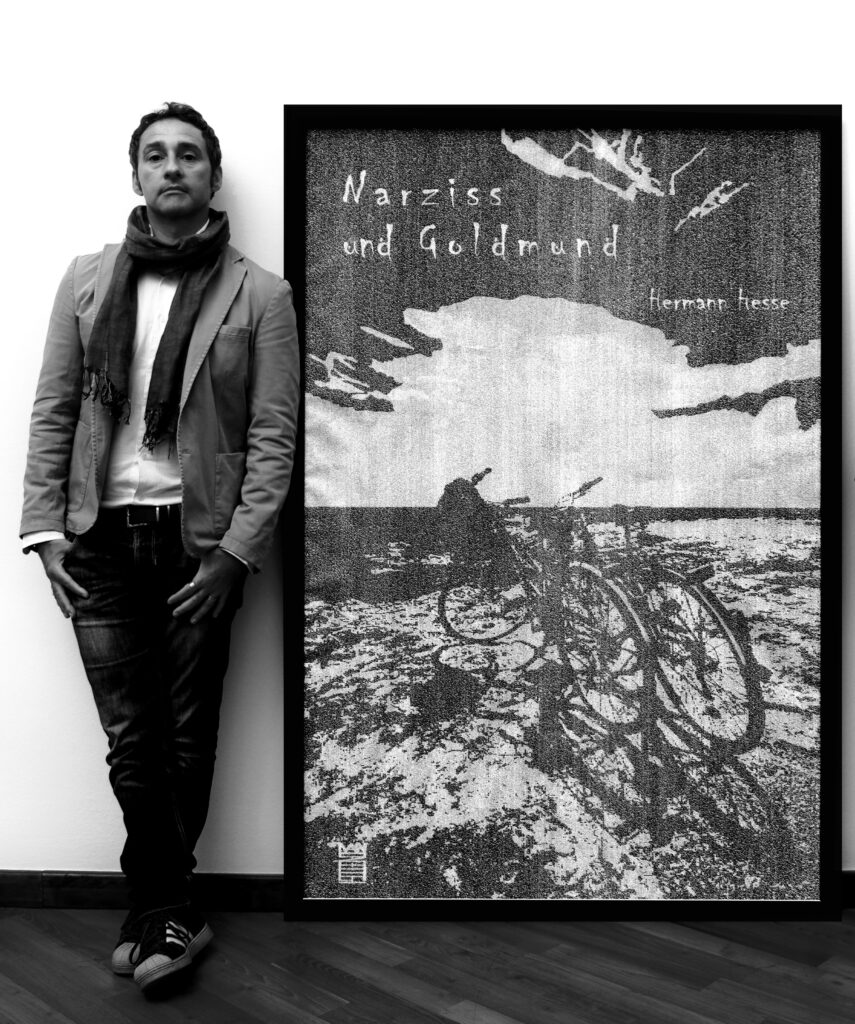(Deutsche Version)
When we write by hand, what remains on the paper is not simply a graphic sign, but a trace of ourselves. Handwriting, in fact, says a lot about us, it provides immediate clues about our personality and our state of mind. Furthermore, it is in itself an “artistic” gesture, as it gives life to a concatenation of graphemes arranged according to our own style.
Making art with words is something that has its roots in the history of art. The miniaturists and scribes in the Middle Ages, for example, knew well that words, being images, were also made to be seen, a concept taken up by the artistic avant-gardes of the second half of the twentieth century, a period in which a debate began on the visual and expressive power of language as a new medium of artistic making.
Writing by hand, it is known, represents a form of self-education of thought, it leaves room for imagination, learning, reflection. And it also leaves room for our own time.
Time is perhaps the only thing we really possess because it is the intangible substance of which we are made. Our body is temporal: it shows us, changing and aging, the time that passes, as well as “made of time” is our mind which, through memory, reminds us who we are and who we have been. Try to imagine losing your memory completely: you will understand that, together with the memory and the time contained in it, you would lose yourself. We and our time are then the same thing and, when we say “I occupy my time …” we should perhaps reflect on the fact that it is the exact opposite, that is, that it is time that occupies us. Wasting your time, therefore, basically means wasting yourself. It means getting lost and throwing yourself away.
Making art through the medium of handwriting therefore has a meaning that goes beyond the creative process tout court; by writing, it is as if I graphically accompanied the passing of time towards its magical representation in a sort of “Tempogram”, a path in which the tip of the pen, fixing the minute geometric ups and downs of the writing on the paper, ideally detects its flow. It is also thanks to this gesture that I am able to fully enjoy my time, to feel it flow inside me, to listen to its flow marked by the beating of my heart. A gesture, that of handwriting, which in the composition of my works embraces the principles of the linear flow of time, in particular the impossibility of going back and changing what has already happened. The way in which the work is carried out, in fact, leaves no room for rethinking or retouching what has been written or, in other words, painted. A “typo” – which in my case can be not only of a semantic nature but above all of a “chromatic” one – would remain like it is, precisely because the particular structure of the work does not allow a “rewriting”, and therefore a recoloring of what has already been marked on the paper.
I consider “time”, therefore, the main material of which my works are made. A time that materializes, becomes visible, through the careful work that leads to the creation of the artwork. It is an awareness that is confirmed by the particular curiosity of people seeing my works, who always questions (and questions me) about the amount of time occured to create a painting.
Even for those who observe the work, therefore, “time” seems to be the immediately perceived factor, something impalpable, ethereal, yet somehow present, which rises to the true substance of the work.



